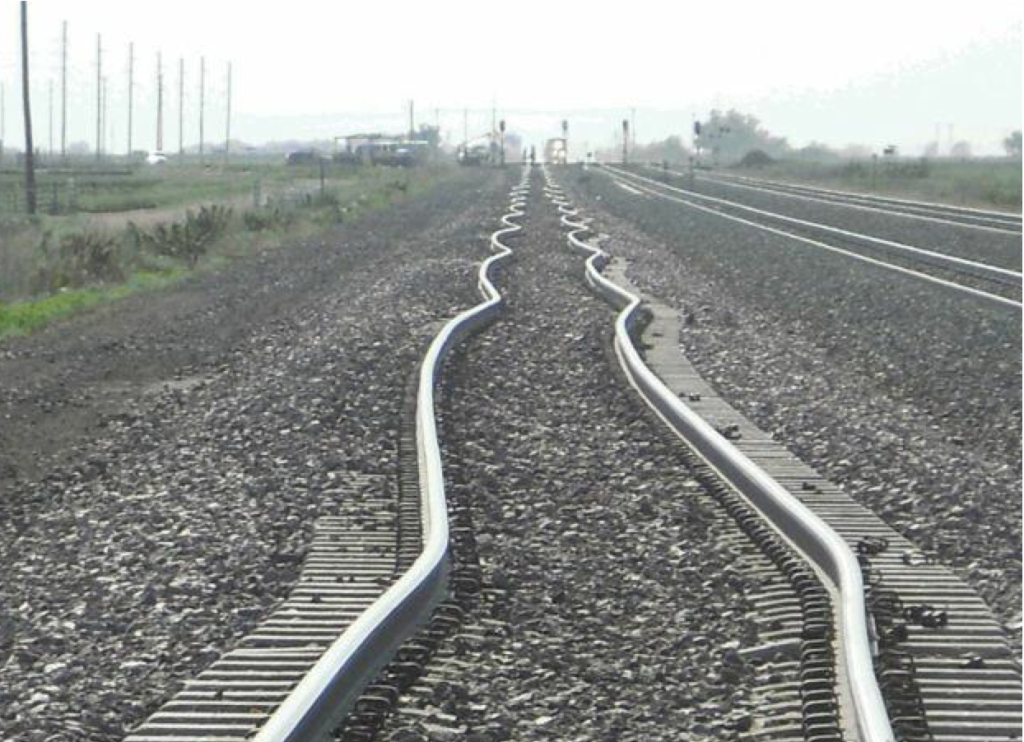Expansion Joints for Installation of a Castable
 If you’re having a castable installed, your refractory contractor’s ability to properly calculate for expansion is essential to obtaining the expected life of the refractory. It’s never fun to learn this the hard way (like the engineers did in the above photo) – improper calculations can force you to replace material far too soon after installation and incur downtime and replacement costs.
If you’re having a castable installed, your refractory contractor’s ability to properly calculate for expansion is essential to obtaining the expected life of the refractory. It’s never fun to learn this the hard way (like the engineers did in the above photo) – improper calculations can force you to replace material far too soon after installation and incur downtime and replacement costs.
New Materials Need New Calculations
In the old days, it was common to use certain “rule of thumb” expansion calculations when installing refractory products. That’s changed today, due to the creation of new refractory materials and a stronger understanding of how these materials react under different types of heating and cooling conditions.
The castables produced today (and even plastics) do not exhibit the “creep” that was inherent in older versions of these materials. Basically, the older materials were less rigid and had more give to them, which allowed them to compensate during thermal expansion. Many of the newer materials are more rigid, because raw materials today are more pure and significantly denser. This causes them to be more rigid at operating temperature, making it more critical to have accurate expansion calculations when creating a thermal lining.
Two Types of Expansion
There also is some confusion in our industry regarding the different types of expansion. The two main types are:
- Permanent linear change
- Thermal expansion
Permanent linear change results from a dimensional change after the initial bakeout. This is a one-time phenomenon that occurs when the material returns to ambient temperature. These figures are contained in the refractory’s product data sheets and can be either positive or negative, depending on the material and the temperature to which the material was baked out.
Thermal expansion is different because it is expressed in inches per inch per degree Fahrenheit. This means that a material could exhibit a negative permanent linear change but still exhibit expansion during bakeout or at operating temperatures. Accurately forecasting thermal expansion is part art and part science; calculations need to consider whether the castable is being installed on a wall, roof, or hearth, and in an enclosed or unenclosed area, because all of these factors affect the net change.
The 4 Parameters for Calculating the Expansion Joint
To calculate the allowance for expansion joints in castable refractory construction, the following four parameters must be evaluated:
1. The coefficient of expansion of the material to be cast, which is a known constant
2. The permanent linear change of the castable
3. The temperature that the castable will be subjected to
4. The length of any dimension of a cast that is being restrained
Always Ask Questions!
The goal of this explanation is not to teach you how to accurately calculate the proper expansion joint for your installation; that is far beyond the scope of this short article. Instead, our goal is to give you some background regarding the importance of expansion joints and some of the key factors that your refractory contractor should be evaluating prior to installing your castable.
Ask these questions before your job starts, or even before you select your contractor. There is a lot of confusion in the industry about expansion, and improper calculations can cost you a lot of money down the road.
Comments are closed.

